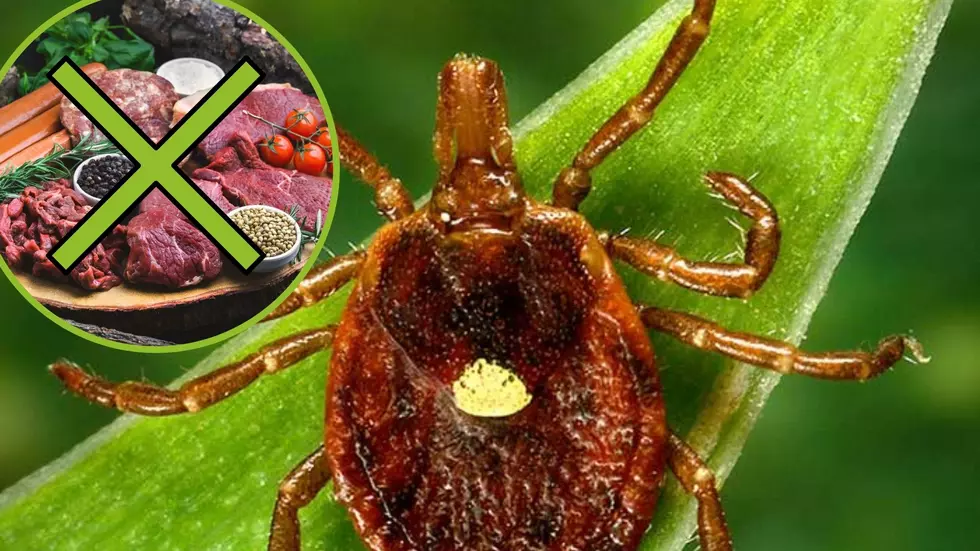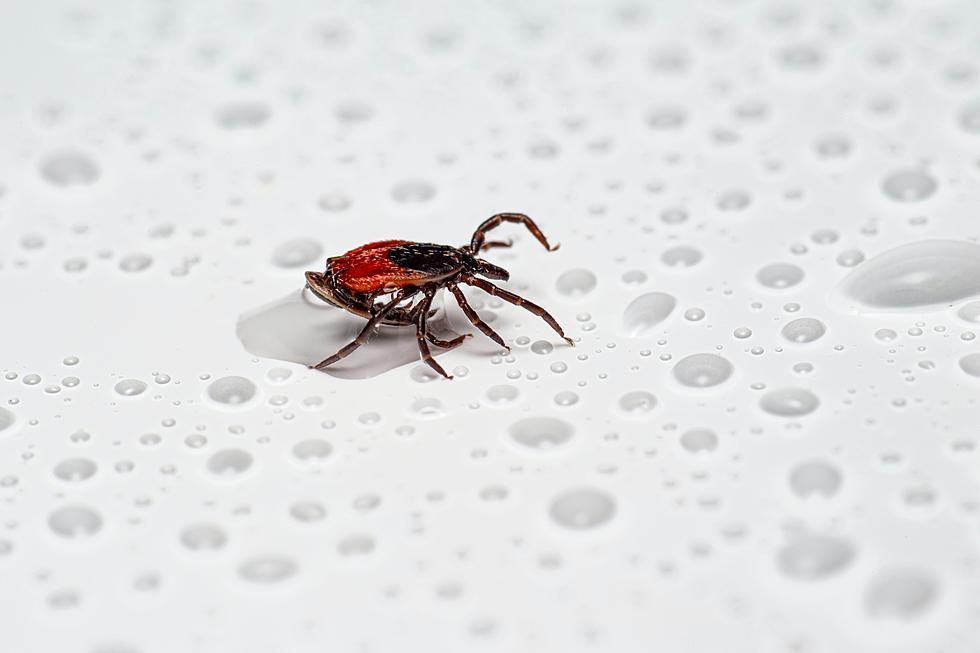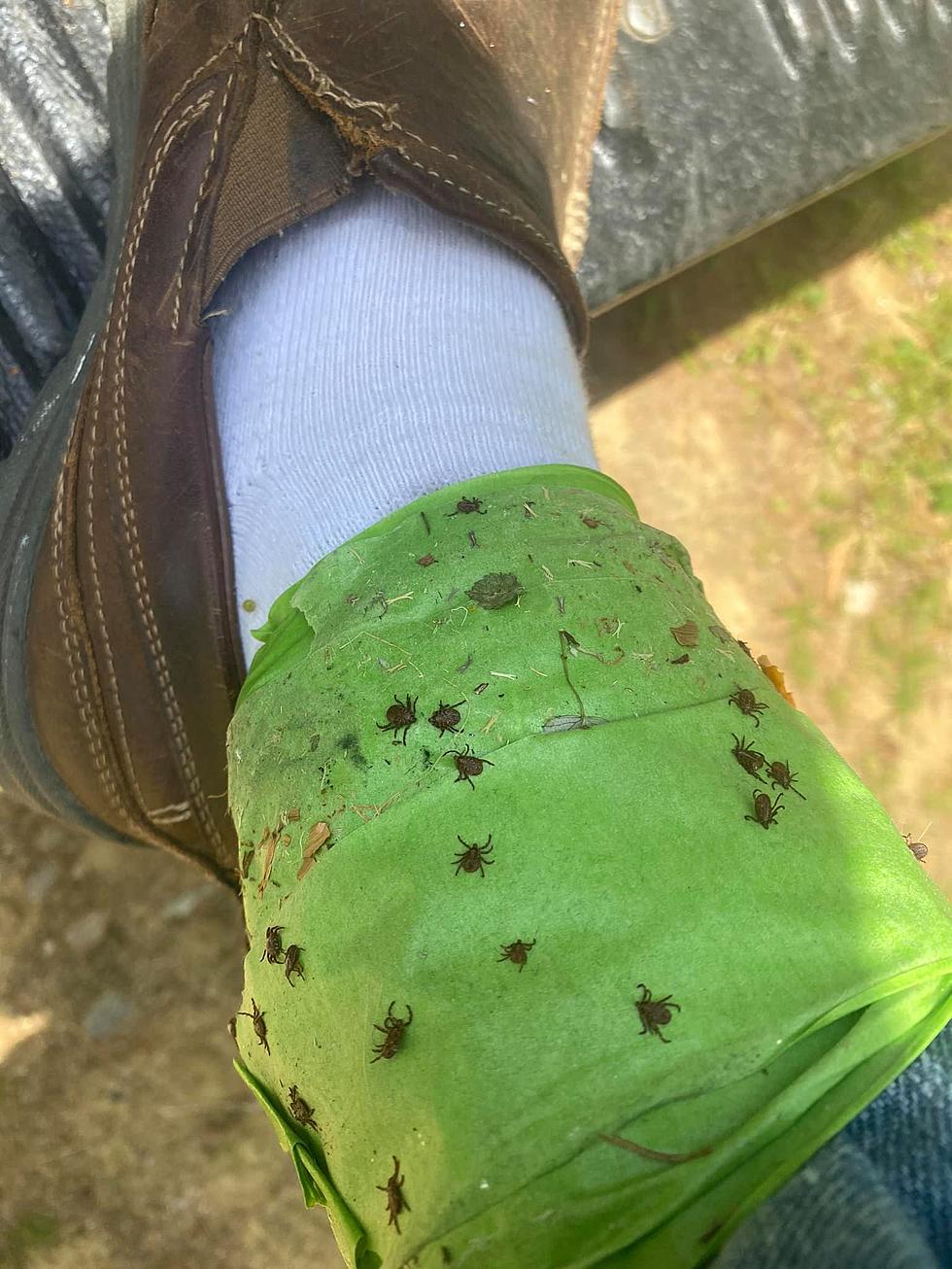
New Tick-Borne Virus Worse Than Lyme Disease Found In CNY
The new tick illness is called Borrelia miyamotoi disease or BMD, which is very had to diagnose and has been found in CNY.
Upstate Medical University has treated two patients who have been exposed to the disease. Dr. Kris Paolino, an infectious disease specialist at Upstate tells Syracuse.com the illness is similar to Lyme disease but more severe with no rashes:
BMD is related to Lyme disease and carried by the same species of tick causes recurring fevers of up to 104 degrees, severe headaches and other flu-like symptoms...We haven’t seen a ton of cases yet. The risk now is low, but I think the potential is extreme.
Professor and tick expert at SUNY College of Environmental Science and Forestry in Syracuse, Brian Leydet, tells Syracuse.com.
...what’s terrifying about it: knowing so little about it, and it’s in our back yard...It’s nothing like Lyme disease, where you’ve got 30 to 50 percent of ticks infected, but it’s still a concern.
Leydet goes on to say miyamotoi bacterium has been found in about 2 percent of ticks in Central New York. In the Hudson Valley, which is also the hotbed of Lyme disease, 10 to 15% of ticks carry miyamotoi. Female ticks can pass on the miyamotoi bacteria to their eggs and immediately start infecting animals.
Syracuse.com reports Lyme disease bacterium is not passed on through the eggs, and so the larvae don’t transmit it. Instead, the larvae pick up Lyme bacteria after biting a small mammal, principally the white-footed mouse, and then can pass on that bacteria to other animals, including humans, in the later stages of the tick’s life cycle.
There are still plenty of questions about how the new disease, how is it spread, how easily can humans can get it, is it widespread across CNY, how do you test for it? The best thing you can do is protect yourself from tick bites with DEET or other bug repellents, and check yourself after being outdoors.
[Information from Syracuse.com and CDC]
More From 96.1 The Eagle









